In May of 2008, as a 24-year-old student at Harvard's Kennedy School of Government, I went on a two-week, student-led trip to Lebanon and Syria. As part of that trip, we had unprecedented access to Bashar Al Assad and his wife Asma.
The 20 of us on the trip stayed in a boutique hotel in downtown Damascus, a dusty stones' throw from the massive Umayyad Mosque, dating back to the pre-Christian days of Aramea. We spent the first day exploring the chaotic, ancient city. Conde Nast would a year later call Damascus a must-see destination, and our hotel was on their recommendation list.
My family is half Turkish Jews, and a few of my friends and I made our way to the Jewish quarter, where I connected with a group of Jewish Syrians whose families had been living there since the days of Jesus. We took a photo together underneath the domineering gaze of Bashar, his father Hafez, and the early Jewish scholar Maimonedes. The elderly Jewish men and women showed us thousand year-old Torah scrolls, and they described how they felt safe as a tiny minority in a land dominated by Islam. Under Bashar Al Assad, Syrian citizens of all stripes traded privacy for security. These people were oppressed, but they were free and safe to practice their religion openly -- not the case under many other regimes. But the silence and fear were palpable. The oppression showed in their tight smiles, and in the hardened stares behind their eyes.
The morning we met Bashar and Asma, we all put on suits and ties, and boarded a private bus. Surrounded by armored SUVs and stiff looking dudes on 1200 CC motorcycles, we rumbled our way out of downtown Damascus, and up to Bashar's palace. Perched on top of a nearby mountain like a dictatorial acropolis, we passed through multiple checkpoints as we ascended a deserted four-lane road that felt more like a military runway than a driveway. All 20 of us sat in hushed silence as the enormity of both the building, and this opportunity, dawned on us.
The country's more recent past was grim. Bashar's father, Hafez Al Assad took power in 1970. For the next 30 years, he ran the country as if he had trained in the school of torture, death, and oppression. He was an Alawite, a religious minority. He handled the Sunni majority like a sadist. In 1982, he put down a Muslim Brotherhood uprising in the city of Hama by indiscriminately slaughtering 20,000 of its men, women, and children. He then paved over their mangled and mixed remains with concrete in order to avoid being charged with war crimes.
Bashar was studying ophthalmology in London in 1994 when his older brother, the heir to the presidency, died in a car accident. Hafez called Bashar back from the UK, expedited him through the country's military schools, and prepared him to inherit the realm. At Hafez's death in 2000, Bashar became president. His wife Asma Al Assad was generally referred to as a "bright," "energetic," "fashionable," "smart," and "modern" woman. She was born in London to a Syrian cardiologist and his diplomat wife, she drove herself everywhere (rare for a first lady in a conservative regime), and she turned down Harvard Business School (my alma mater) to marry Bashar.
Since taking power eight years prior, Bashar and Asma had done zero non-Arabic interviews. They almost never left Syria. And they certainly had never sat down with a group of American, European and Asian Harvard students prepped to the nines with tough questions. This was an unprecedented opportunity.
We pulled up to Bashar's palace. The structure looked like an enormous Arabian genie had mashed together the Pentagon, Disney's Aladdin, and Saddam Hussein's architectural wet dream. A Middle Eastern Ivan Drago with perfectly coiffed hair dressed in a five thousand dollar custom suit greeted us as we got off the bus. The guy could have been a male model or top-flight investment banker, but I could see the bulge of some weapon system underneath his suit jacket. He calmly asked us to follow him, and our group of 20 wandered into the entrance. No pat down, no metal detector. We just strode right in.
The building was designed by famed Japanese architect Kenzo Tange. The foyer was the size of a football field, with a 10-story gold inverted bowl chandelier hovering over what looked like a school bus-sized terracotta volcano. Eighty-foot tall marble columns reflected off the mirror smooth floor. Ornate tile patterns adorned the walls, and at the far end of the foyer 30-foot-tall bronze doors were shut tight. You couldn't imagine a more perfect dictator's lair.
We were ushered into a side room, all marble, mother of pearl, and intricate tile. Our 20 seats were aligned on two sides of the space, and at the head of the room were two mahogany upholstered thrones. Above the thrones hung a six-foot-tall imperial eagle, also carved out of mahogany. We were served bottled water and some sort of juice from concentrate, but before I could take a preservative-riddled sip, there he was. We all stood as Bashar Al Assad entered the room.
He strode to the thrones, shaking hands with all of us along the way. Smiling, saying "Hello, thank you for coming, nice to meet you" in his nerdy, unobtrusive, borderline lisp. He took his seat.
We spent the next two hours asking him every possible question we could imagine. We started off friendly, asking about development goals, banking reforms, gross domestic product, international trade, and his family. Bashar talked about democracy, raising three children, missing London. We then started playing rough.
"How can you in good conscience preside over a brutal intelligence apparatus?"
"What was your involvement in the murder of Raafik Hariri in Beirut?"
"Why do you support Hezbollah?"
"What is your relationship with Iran?"
We were not friendly. We were downright confrontational.
And he responded to every question with measured, well-reasoned, very convincing answers. He was straight up amazing. He parried our hardest punches, he acknowledged the massacres and pain caused during his father's era, and he eloquently laid out his vision for a reformed Syria, for a modern, healthy, happy Syria. We ate it up.
Two hours into our inquisition, as we lost our venom and began to come around, he brought in Asma. She was beautiful. She wore a fashionable dress that looked like it was made from strips of marble and cloud. She sat in the other throne next to Bashar, and she too answered our questions. She spoke about her passion, the future youth of Syria, bringing Syria's magnificent culture into the twenty-first century. She spoke with an enchanting British accent, about her plans to open local development centers throughout the country, where she would extend education and extracurricular support to the millions of her citizens who needed her help.
We all left the session thrilled. There was hope! These were enlightened monarchs! They just needed to get their story out to the world!
And then, the icing on the cake -- he invited us all to his private box at the opera. That evening we kept on our suits and ties, and we attended the Syrian National Symphony Orchestra's Annual Gala Concert. Bashar and Asma were announced, we all rose, and then our "delegation" from Harvard was announced to the crowd of several thousand in the gilded opera hall. We were all enchanted.
In May 2008, there was no way of knowing that the Arab Spring would erupt, and that it would take down the dictators of Tunisia, Libya, and Egypt. There was no way of knowing that Assad, the nerdy ophthalmologist with a long neck and bad mustache, would kill reportedly over one hundred thousand of Syria's citizens. There was no way of knowing that he would launch SCUD missiles, and chemical weapons, at his own people. There was no way of knowing that he would torture hundreds of thousands more, many of them children.
As Joan Juliet Buck reported:
On April 29, 2011, a chubby 13-year-old boy named Hamza Ali al-Khateeb was arrested during a protest in Saida, near Daraa. On May 24, Hamza's mutilated body was returned to his parents. The report by Al Jazeera said: "The child had spent nearly a month in the custody of Syrian security, and when they finally returned the corpse, it bore the scars of brutal torture: lacerations, bruises and burns to his feet, elbows, face, and knees. Hamza's eyes were swollen and black and there were identical bullet wounds where he had apparently been shot through both arms, the bullets tearing a hole in his sides and lodging in his belly. On Hamza's chest was a deep, dark burn mark. His neck was broken and his penis cut off."
Today I wonder about Asma and Bashar Al Assad. The friendly, smart, kind parents who cared so much about the youth and future of Syria. The English accent, and the unobtrusive lisp. How could they not know what was happening? How could they stand by and do nothing while the Syrian regime mutilated the future?
I'd like to think that Bashar has no power, that it's really his generals who have wrested all control and are tearing apart that beautiful ancient land. I'd like to think that I'm a better judge of character. I'd like to think that there is a part of this story that I'm missing, something that ties it all together so that my time with Bashar Al Assad and his wife makes sense.
But that's not the case. We were duped by a monster.
ORIGINALLY PUBLISHED IN THE HUFFINGTON POST.

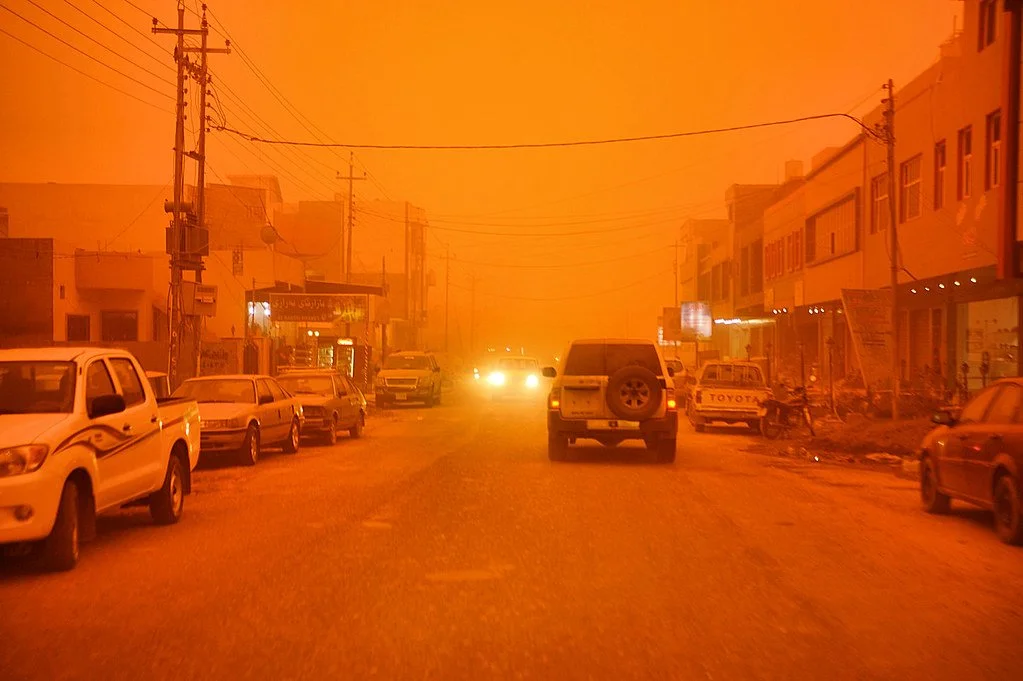
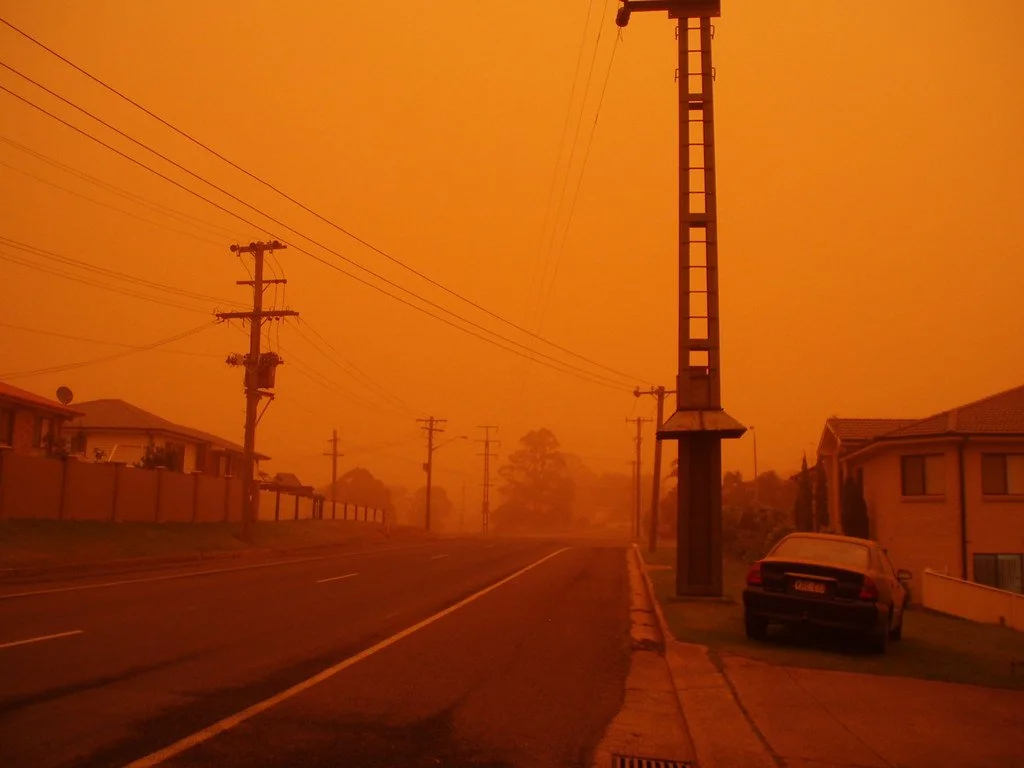


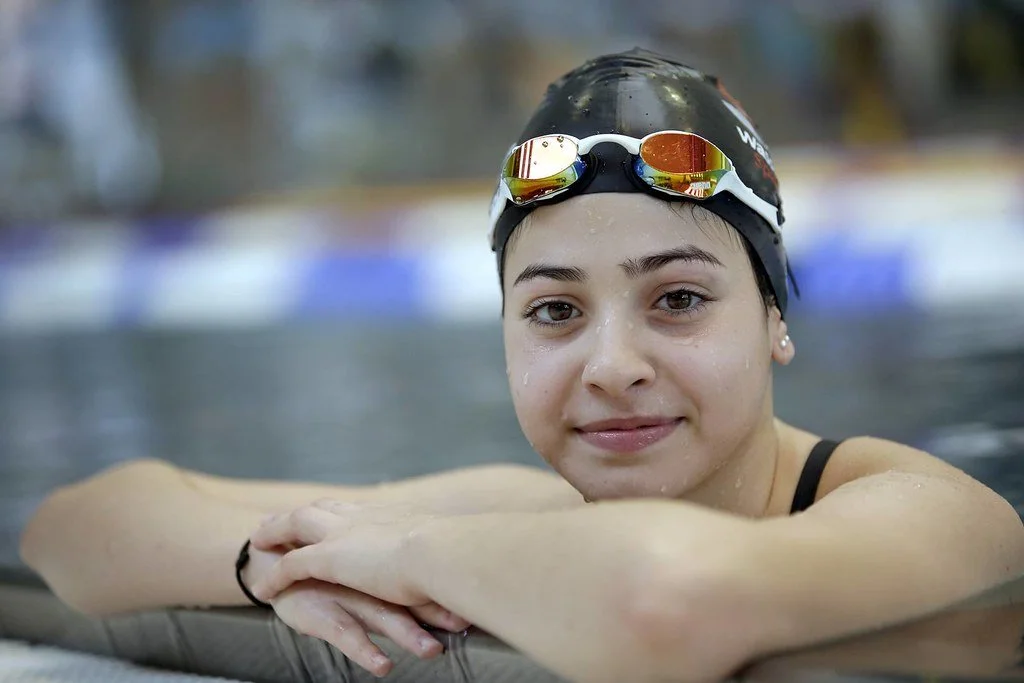


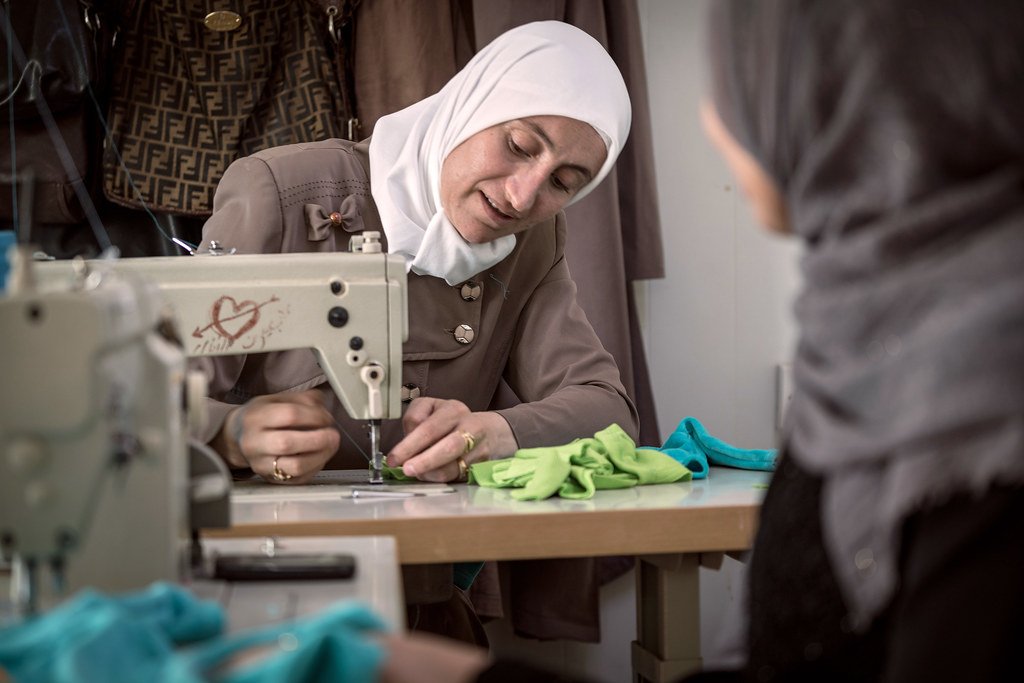




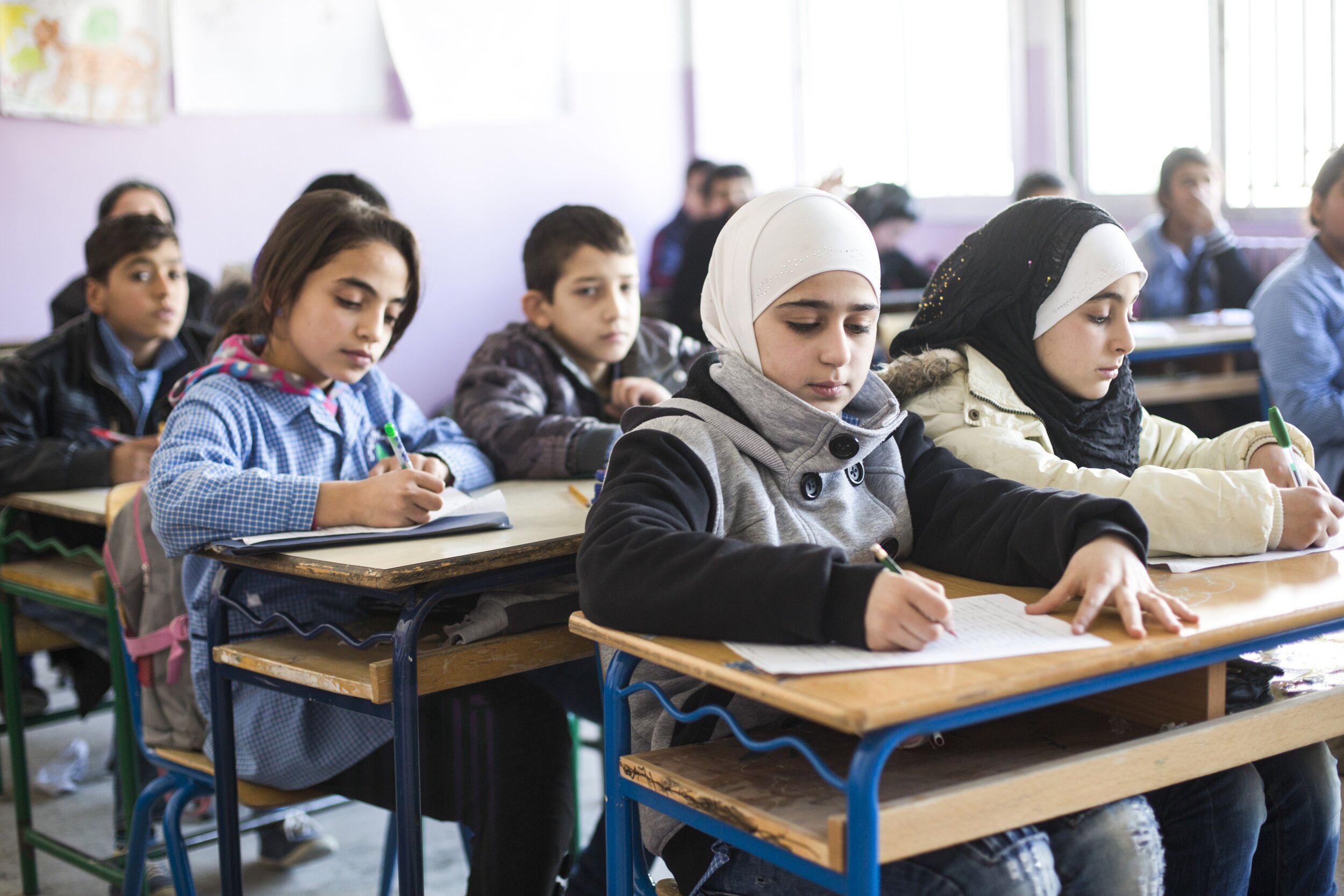























![[Name withheld] - 20](https://images.squarespace-cdn.com/content/v1/638a651ad5f9324e20972bf2/1670014524351-36X8BO8GD9MSYFTOO5G8/11+syria11youngmen-11aleppo-syria-matador-seo-940x624.jpg)



























